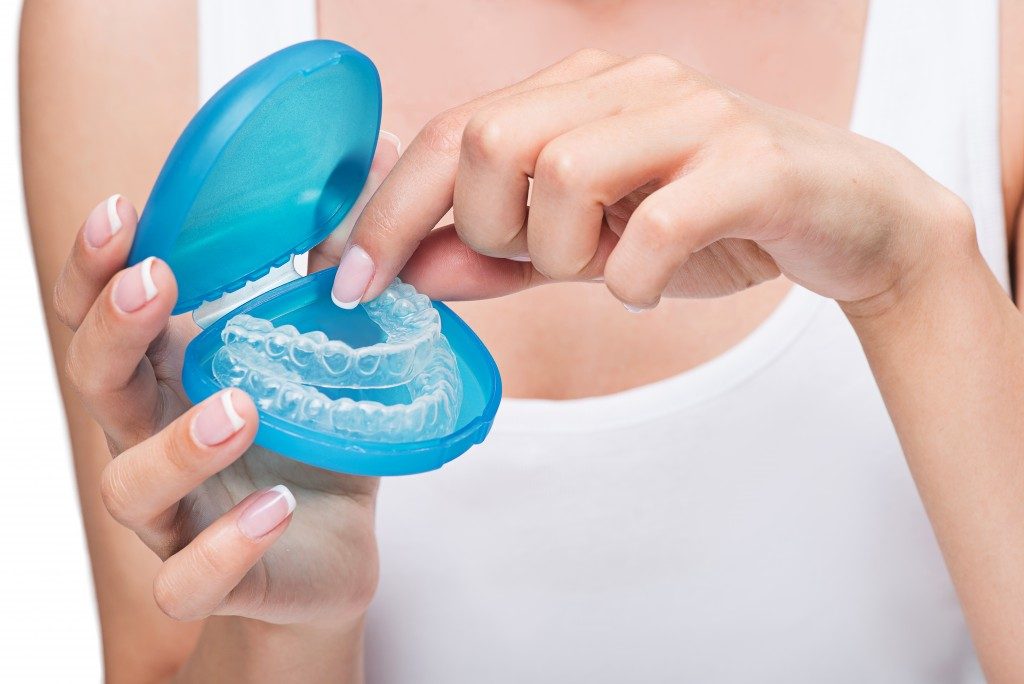Misshapen, crooked and misaligned teeth are among the most common issues seen at dental clinics. Most people assume that the only impact of these teeth issues is an imperfect smile. Crooked and misaligned teeth will however also affect your dental health since they make cleaning of teeth hard and promote the proliferation of bacteria in hard-to-clean sections of your teeth.
While you can treat minor misalignment issues with veneers, grossly misaligned and misshapen teeth require the use of braces to move them into a proper position. Traditional metal braces are, however, not a popular choice for cosmetic dentistry patients in Meridian and most orthodontic patients.
This is primarily because they are visible and make patients self-conscious. Thankfully, there are now a range of invisible braces that have been developed to re-align teeth discretely. Here are some of these options.
Short-Term Ceramic Braces
These braces use wires and brackets to move the teeth just like traditional metal braces. Unlike the latter, however, ceramic braces have clear brackets, making them less visible than the metal ones. The braces also have tooth-colored wires that reduce their visibility.
These ceramic braces take approximately six months to move the teeth. They are only used to correct minor misalignment of the front teeth.
Long-Term Ceramic Braces
In most cases, the name ‘’ceramic braces’’ denotes short-term braces. There are, however, long-term braces made in much the same way as the short-term ceramic braces. The most common of these are the Damon braces.
These invisible braces will re-align the teeth about six months earlier than traditional metal braces.
Clear Aligners

It takes about nine to 18 months to straighten teeth using clear aligner trays, and you will need about 18-30 customized trays during this period. Though expensive, clear aligners are easy to maintain since you can remove them when eating or brushing teeth and they are almost unnoticeable.
Lingual Braces
These braces use brackets and wires just like the conventional metal braces. Unlike the metal braces, however, lingual braces are positioned on the posterior surface of your teeth instead of the front, thus remaining invisible.
They offer the same benefits as traditional metal braces and correct more misalignment issues compared to other invisible braces. Unfortunately, lingual braces are the most expensive kind of braces owing to their difficult installation procedure.
They are also tricky to clean or adjust and require more dental visits than other braces.
With these options, straight teeth no longer have to follow the unsightly traditional metal braces. Though they have many benefits over metal braces, the above invisible braces might not address complex misalignment cases or bite problems.
They are typically for widely spaced, crooked and overcrowded teeth and overjets or overbites. The braces are also generally recommended for adults. This is because children and young teens might not handle the rigid cooperation required to make the treatment with invisible braces successful.
